Are Two Hulls Better Than One? Catamaran Buying Tips with Ritchard Findlay
If you've been following recent David Walters Yachts company news, you probably heard about our latest office that just opened in the Caribbean, run by David Walters Yachts broker and our resident catamaran guy, Ritchard Findlay. Now that Ritchard's settled into the new DWY digs in St. Martin, we asked him to share some of his catamaran expertise with us. As both a seasoned yacht broker and a catamaran owner himself, Ritchard can attest to the many advantages of the cruising life aboard two hulls. Ritchard sat down with us to talk through those advantages, as well as some other key considerations to keep in mind if a catamaran is on your wishlist. Read on to learn if two hulls truly are better than one to achieve the cruising lifestyle of your dreams.
The Growing Popularity of Catamarans
The two-hull catamaran design has been in use for millennia in the island nations of Oceania but only began to be incorporated in Western boat designs in the relatively recent past. Despite the residual reluctance of some sailors to consider catamaran sailing "real sailing," it's undeniable that the popularity of these stable, spacious vessels is surging in the long-term cruising market thanks to the lifestyle upgrade and higher degree of comfort they afford. Just in the last five years of living in the Caribbean, Ritchard estimates that the distribution of sailing vessels has gone from 60% monohull/40% catamaran to the inverse as more cruisers are seeing the benefits of sailing on two hulls. Let's discuss those benefits:
Tremendous Amount of Living Space
Compared to monohull boats, catamarans have a tremendous amount of living space, which is open to views and the salt air. Aboard a monohull, going indoors can feel like being in a submarine. Modern monohulls have come a long way in incorporating more window space to give a sense of openness, but it's hard to beat the light and expansive space on the open plane of a catamaran.
Life aboard a catamaran makes you feel like you're living outdoors. And when 90% of your time spent cruising is at anchor or docked, having all that room to move around can make daily onboard life all the more enjoyable. Ritchard and his wife purchased their catamaran just before the pandemic. They found the extra living space a huge advantage while hunkering down compared to how a monohull might have felt more congested after spending extended periods aboard.
On a catamaran, the salon space is at the same deck level as the cockpit, which makes for an optimal arrangement while entertaining company. You can open the cockpit doors and the window to let the breeze in and visit with your friends even while you're cooking. Ritchard and his wife have had up to 14 people for dinner in their catamaran cockpit!
The main deck living space also extends to the famous front trampoline, which is great on a hot evening. You can lounge out there with a book and a glass of wine, and Ritchard swears that even when it's 85°F+, the air circulating above and below you will keep you chilly.
Larger catamarans with flybridges have even more space to fritter away an evening, offering unobstructed 360° views from the raised steering position. With plenty of seating, tables for drinks, and an extra fridge, you've got a whole other area to enjoy in the sun and under the stars.
Exceptional Stability
Two hulls provide not only more liveable square footage but also exceptional stability on the water. At anchor, monohull boats are at the mercy of the swell or boat traffic wakes, forever swaying back and forth, whereas catamarans just sit, making for a much nicer liveaboard experience for you and your guests. You can rest while the boat is at rest instead of being in constant motion.
When you are in motion while underway, you have a much more stable ride thanks to a relative lack of heel than monohulls. Even in heavy winds, catamarans only heel slightly, maybe a degree or two. Sailing monohulls can mean living at a 20° angle for hours or even days, which can take its toll. The stability in motion on a catamaran means it can be much less taxing to sail, so you can move around more easily, sleep better, and arrive at your destination better rested after a passage. Overall, it can be a safer experience to sail a catamaran when you're not so whipped by what you're driving.
Speed & Performance
Catamarans tend to be much quicker than their monohull counterparts, which can be very helpful if you plan to make a big crossing. Catamarans generally get 20% more speed, which takes 20% off the length of your trip. On a monohull with a quick, sporty hull, you'll be cooking at around 8 knots. You can get 10 knots quickly or even 12 knots on a catamaran. And some racing catamarans can go crazy fast, from 15 to 18 knots. When Ritchard sails the 500 miles to Grenada for storm season, 20% of that trip is about 12 hours, which is a pretty decent chunk of time to shave off of a somewhat monotonous trek. And if you need to get moving fast to get ahead of a storm, it's arguable that you can do so more readily with a catamaran, which adds to the safety factor.
Discover Your Cruising Style
-1.jpg?width=471&height=310&name=unnamed%20(1)-1.jpg) The cruising you want to do dictates the type of catamaran that's right for you. Catamaran styles fall along a spectrum: at one end of which are the sport catamarans, which are built for speed and performance, and at the other end of which are the production boats, which are built to accommodate all the comforts of home that liveaboard sailors look for.
The cruising you want to do dictates the type of catamaran that's right for you. Catamaran styles fall along a spectrum: at one end of which are the sport catamarans, which are built for speed and performance, and at the other end of which are the production boats, which are built to accommodate all the comforts of home that liveaboard sailors look for.
DWY Buyers Agent Services
Sport Catamarans
These are usually targeted by sport boat racers who compete, or people who just really like to go really fast. These catamarans have longer, leaner hulls with more race-oriented equipment aboard. The narrow beam on these usually means they're not super comfortable for longer pleasure cruises. They're designed for efficiency and performance, so they can get you from Point A to Point B or across the finish line at lightning speed, but what you gain in speed, you sacrifice in interior comfort.
Production Catamarans
Four major companies build production catamarans: Fountaine Pajot, Lagoon, Leopard, and Nautitech. The design brief for these boats is to maximize the amount of liveable space in a 45' to 52' catamaran. Much like car designs in the 1990s all began to look very similar once an optimal shape was found to maximize fuel economy, catamarans in this category also tend to look very similar, because they've determined a general shape and layout that achieves that maximum volume. Many of these catamarans are built for the charter catamaran market and can be rather luxuriously appointed with beautifully designed interiors. As you would expect, these boats can also be rather pricey, and they don't sail particularly well. If you come from a background like racing on the Great Lakes, a production boat can feel more like driving a school bus, and the lack of the thrill of sailing something a bit speedier with tighter handling could prove disappointing.
Some boats fall somewhere in between either end, and your personal goals and preferences will determine what section of that spectrum you should target. Do you want a fast, spartan boat, or an ultra-comfortable boat that waddles a bit? Or something in between? Ritchard's catamaran is right around the middle: it's fairly comfy and fairly sporty, with huge rudders and steering wheels that make it feel much more nimble than the 14 tons it is.
Once you have a rough picture of how you want to spend your time on your future catamaran, it's a great idea to reach out to a yacht broker to discuss how to make that picture a reality. Brokers like Ritchard are well-versed in matching boats and sailors and can help you in your search by listening to what you want to be able to do with your boat and locating appropriate candidate vessels accordingly.
Work with a Catamaran Expert
For the liveaboard-curious, YouTube offers a virtually endless rabbit hole of content that shows what it's like to live and sail a catamaran. Just in the last five years or so, Ritchard has noticed an explosion in the number of channels you could get into, and Ritchard himself was inspired by YouTube videos of catamaran cruising to switch from one hull to two and cruise full-time. But it's important to understand the limitations of YouTube videos to give the full picture of liveaboard life.
Editing can leave a lot on the cutting room floor and present an idealized version of life that ignores maintenance, monotony, and other less camera-ready aspects. If you don't have much real-life sailing experience, beware of relying on hours of "Youtube University" to inform your cruising life goals. Nothing can replace first-hand experience to give you a clear idea of what you do (and don't) want to do while cruising.
Get in touch with an experienced catamaran broker who can share their knowledge with you and even recommend gaining more onboard experience before you begin your boat search. Especially because catamarans are typically 50% more expensive than similar monohulls, making the most informed purchase is critical. At David Walters Yachts, we want our clients to feel safe, educated, and excited to sail away on their new boats—not like they've made a costly error.
How to Buy a Catamaran
When you're ready to begin your catamaran-buying journey, you can probably guess what we suggest your first step be: get in touch with a yacht broker. At least when you're calling Ritchard or another broker on the DWY crew, you can be sure that you're calling someone who will be just as excited to talk about boats as you are. We will happily spend time helping you chat through every aspect of your cruising goals. These are a couple of key topics a broker will usually want to discuss in early conversations:
Search Catamarans for Sale
Budget
One of the most critical factors that will guide your catamaran purchasing journey is your budget. A yacht broker can help you understand how your budget aligns with your cruising goals and recommend where you may want to compromise to reach those goals without blowing the budget. It's essential to include maintenance costs in this discussion. Not only are catamarans 50% more expensive to purchase, but double the hulls means double the maintenance. There are a lot of advantages to the redundancy of having two of everything, but the downside is it's more expensive to keep twice the equipment in good condition.
Experience
Getting on-the-water experience isn't just crucial for understanding what you want in a boat; it's required to get your future catamaran properly insured. Even if you do have experience with other types of boats, if you are purchasing a catamaran in a new size category beyond your prior experience, you may have a tough time getting insurers to cover you. Your broker can help you determine what experience you need to qualify for catamaran insurance and suggest how to get that experience.
Experience will also help your broker get a feel for what kind of boats you will like most. They may ask questions like:
- Have you chartered a boat?
- What boats have you chartered? Where?
- What catamarans have you chartered?
- What did you like? Not like?
- Did anything frustrate you? Was anything uncomfortable?
All of these will help guide the catamaran buying process so that you end up with a catamaran you're comfortable with and prepared to operate and maintain.
Final Tips
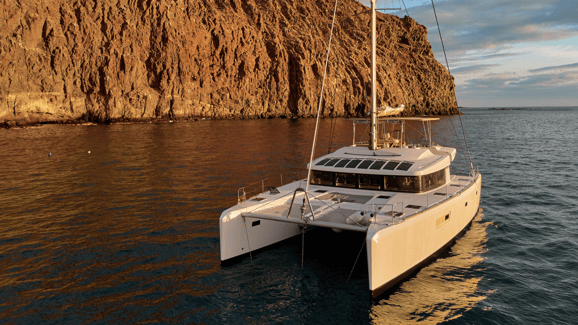
Once you've winnowed down the field to determine the specific catamaran type you want that meets your goals and budget, Ritchard has a few tips for how to get started on the best foot with catamaran ownership:
Consider buying in the Caribbean.
Especially if you are a first-time catamaran owner, purchasing a catamaran already in the Caribbean will be hugely advantageous for getting comfortable sailing it. The distances between island destinations are manageable, hopping from one spot to another for short sails of 15 to 30 miles, and you're never far from the Coast Guard being able to find you. The market is also plentiful, with lots of boats already set up for cruising, thanks to reasonably regular turnover. Many retiring folks take what Ritchard calls a "Caribbean sojourn" for three or so years. And the sail to the U.S. from the Caribbean is substantially easier than going the other direction. If you purchase a catamaran in the U.S. and your first trip is to the Caribbean, you're fighting the wind, and catamarans don't go to windward particularly well. So if your boat is already in the islands, you're buying yourself a decent amount of time to learn how to sail a catamaran before you attempt a longer crossing.
Connect with the DWY Caribbean Office
Don't buy anything for your boat for the first six months (except lithium batteries).
Ritchard tells all his clients this: Do not buy anything for six months! The boat will tell you what it needs in those first six months. Too many folks let their excitement get the better of them and end up buying pricey marine equipment (which is usually about seven times the Home Depot version's cost) that they regret. The only exception is lithium batteries. The newest class of marine lithium batteries is way better than older batteries, and that is the best investment you can make in your new boat and the only one you should make (for the first six months). Ritchard will even help you install them if he's your broker!
Take the next step - Contact Ritchard Findlay
Thank you to Ritchard Findlay for sharing his sailing catamaran knowledge with us for this post! If you're inspired to make the switch from monohull to catamaran or you've got questions, don't hesitate to give Ritchard a call. He's all set up in our new office in St. Martin, ready to connect you with the perfect catamaran for your cruising lifestyle.
Contact Ritchard Findlay - DWY Multihull Expert
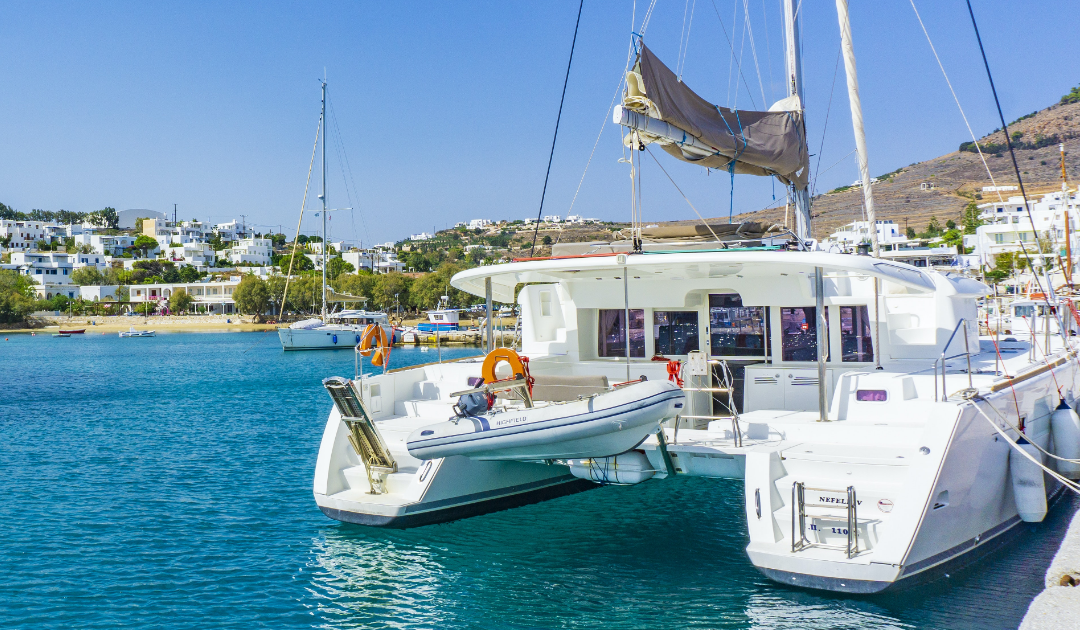
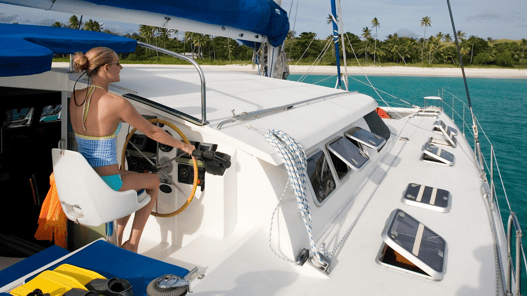
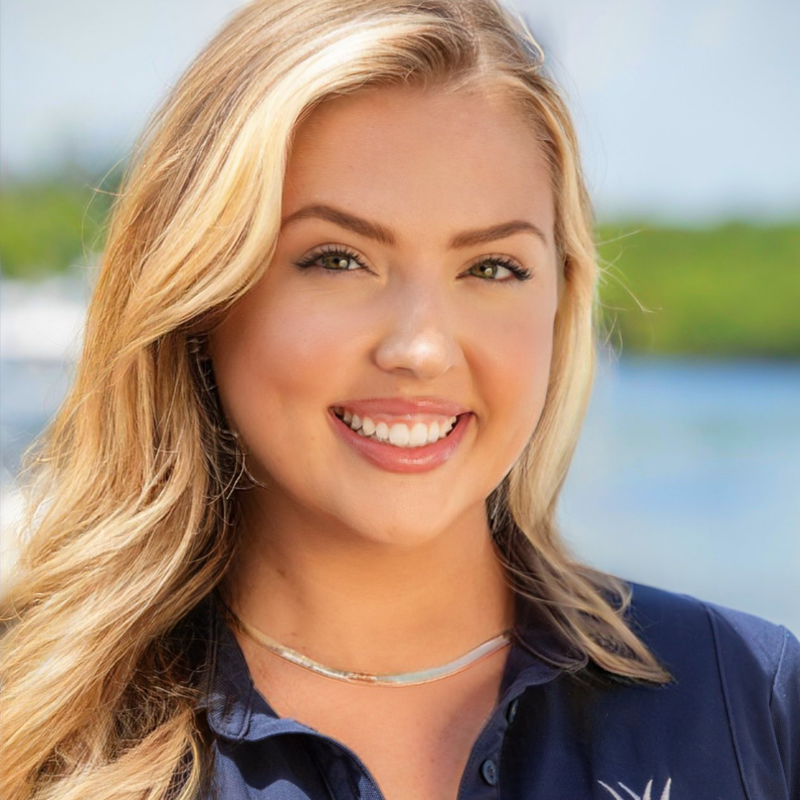
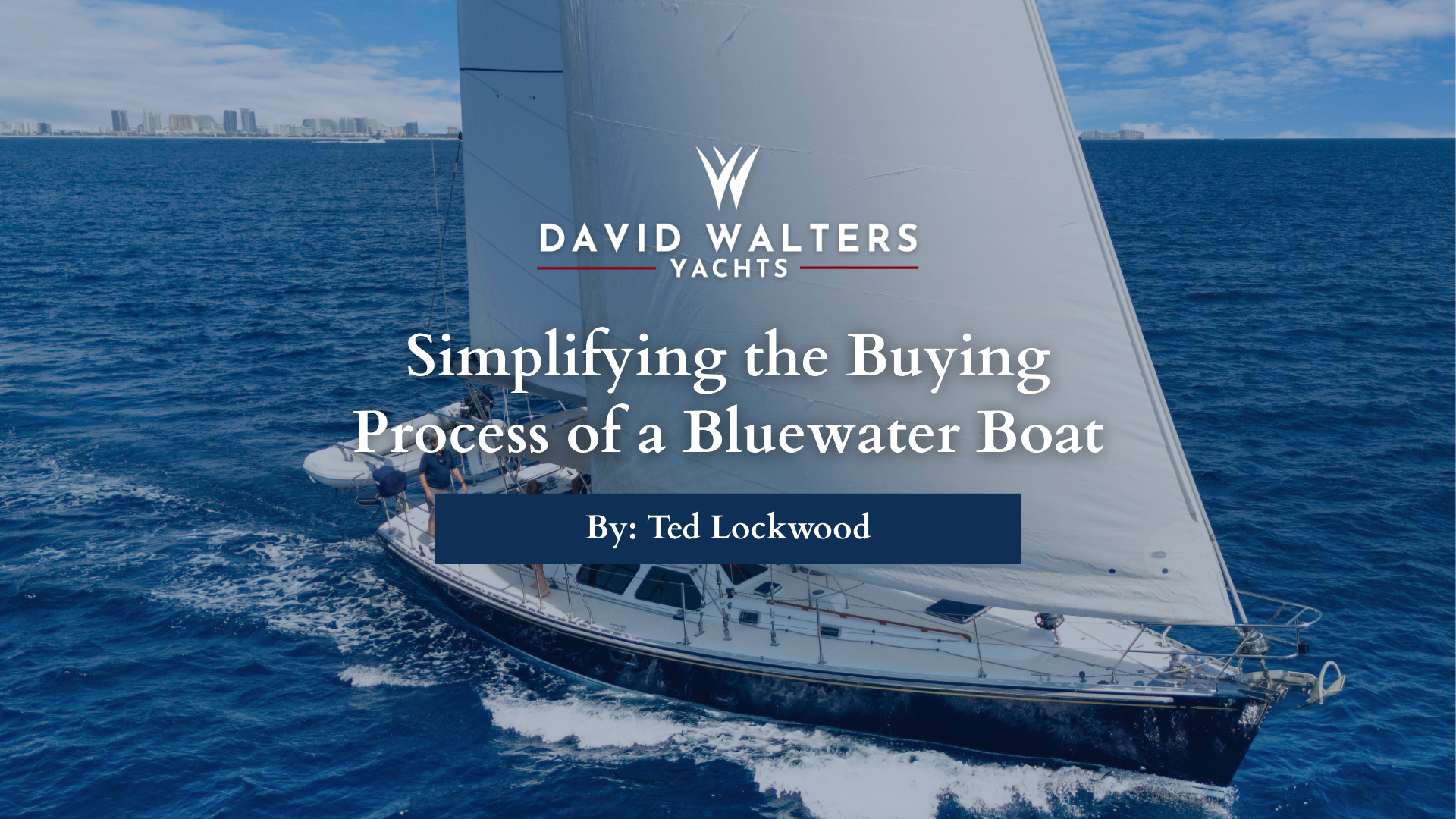
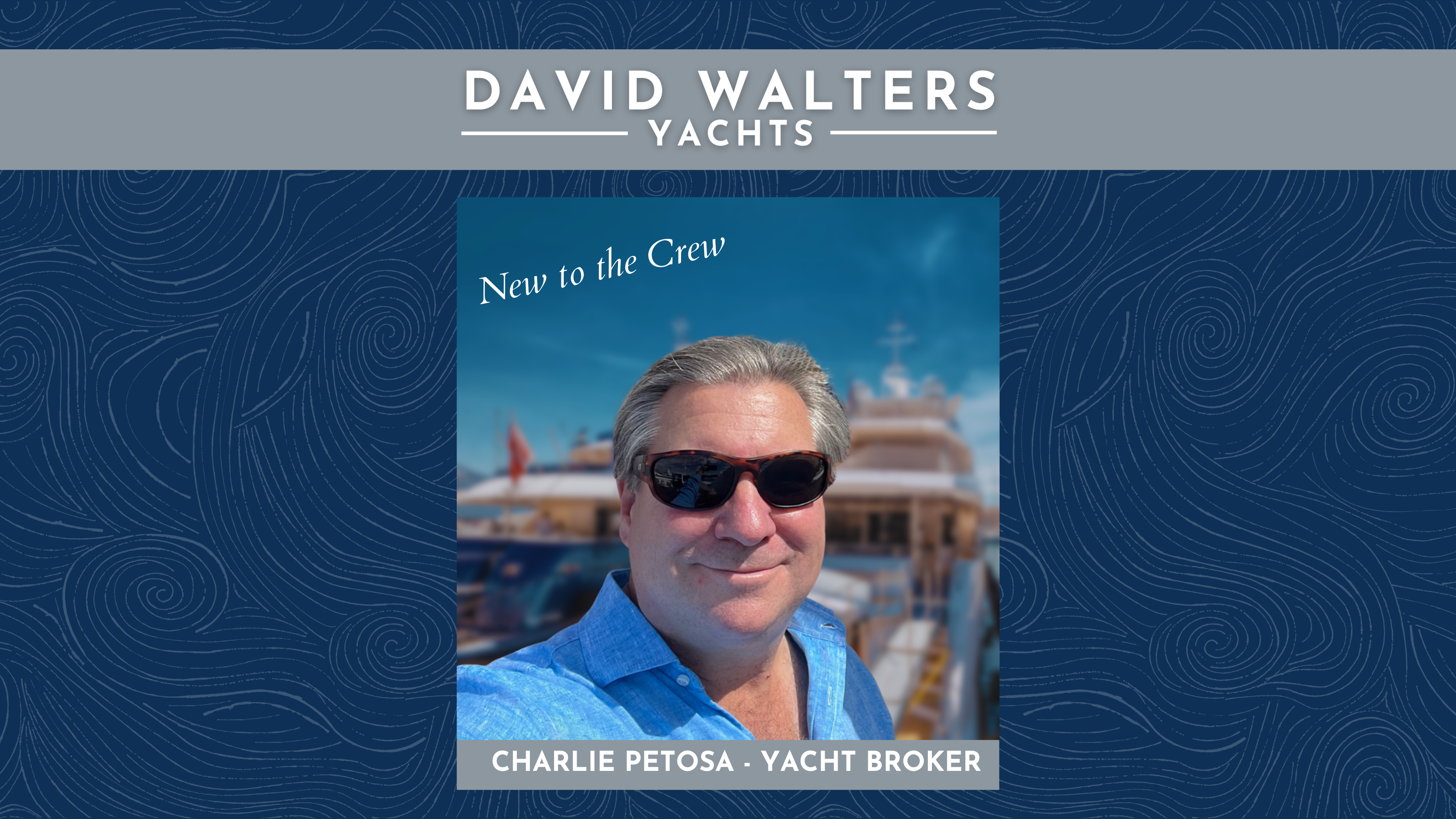
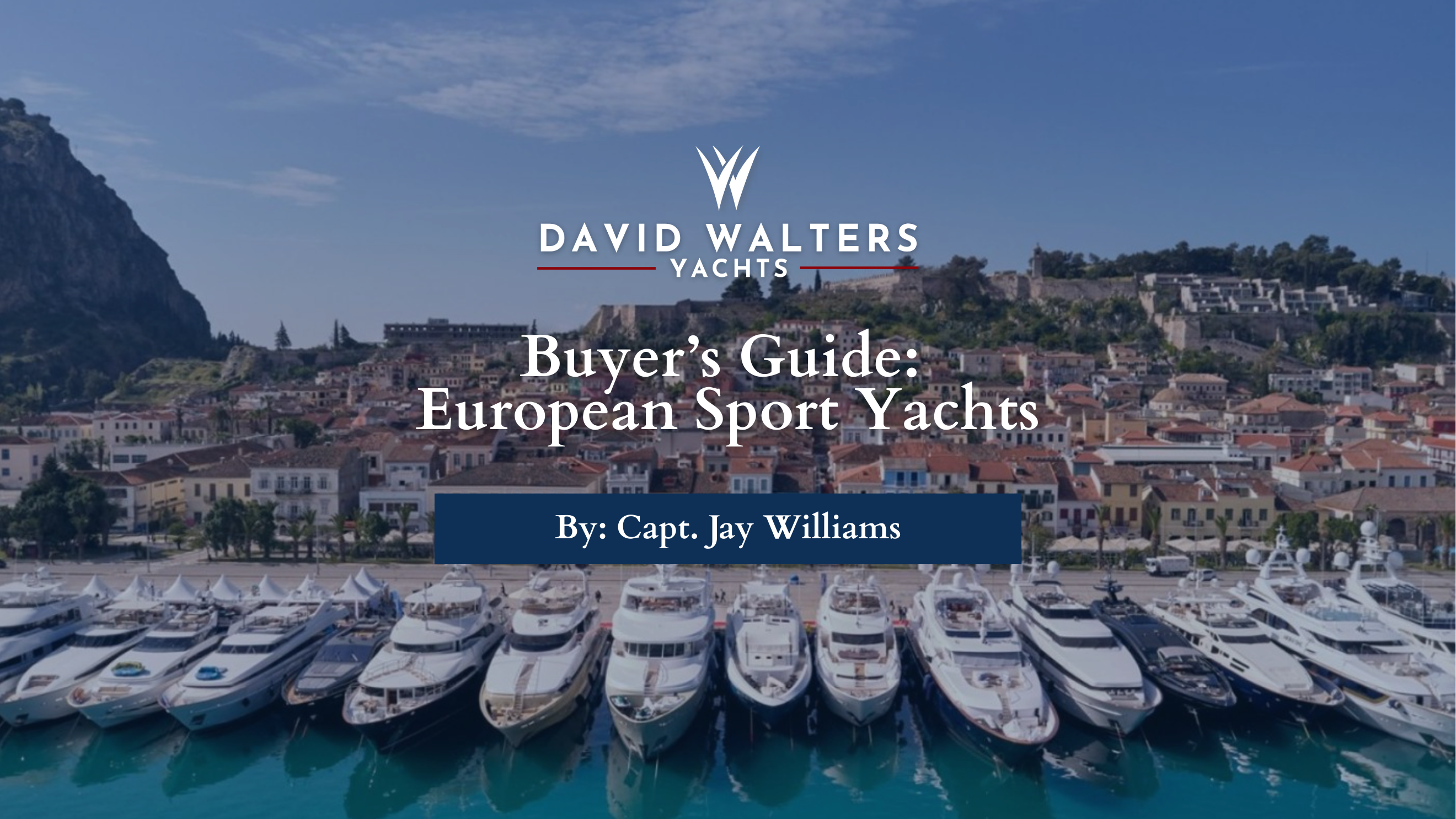




LEAVE A COMMENT